
PR
A roundabout way along the Tsukiji wall of the Kyoto Imperial Palace,Only the northeast corner portion is recessed.I notice that the From time immemorial.The northeast is called "Onimon," or "demon's gate," and is considered the direction from which demons enter and exit the city, and has been abhorred as unlucky and unlucky.
But every building and place has a northeast. How can we prevent the devil's gate? "If the devil's gate is not good, then get rid of it itself!"This was the wisdom of the city people.
The northeast corner of the building should be recessed to avoid creating a demon gate. In other words,Horns = horns = ogres, so take the horns to seal off the ogres.The first of these is the "Craft of the World". The representative is,It is a recess in the northeast corner of the Gosho's Tsukiji wall. This depression has been called "Sarugatsuji.
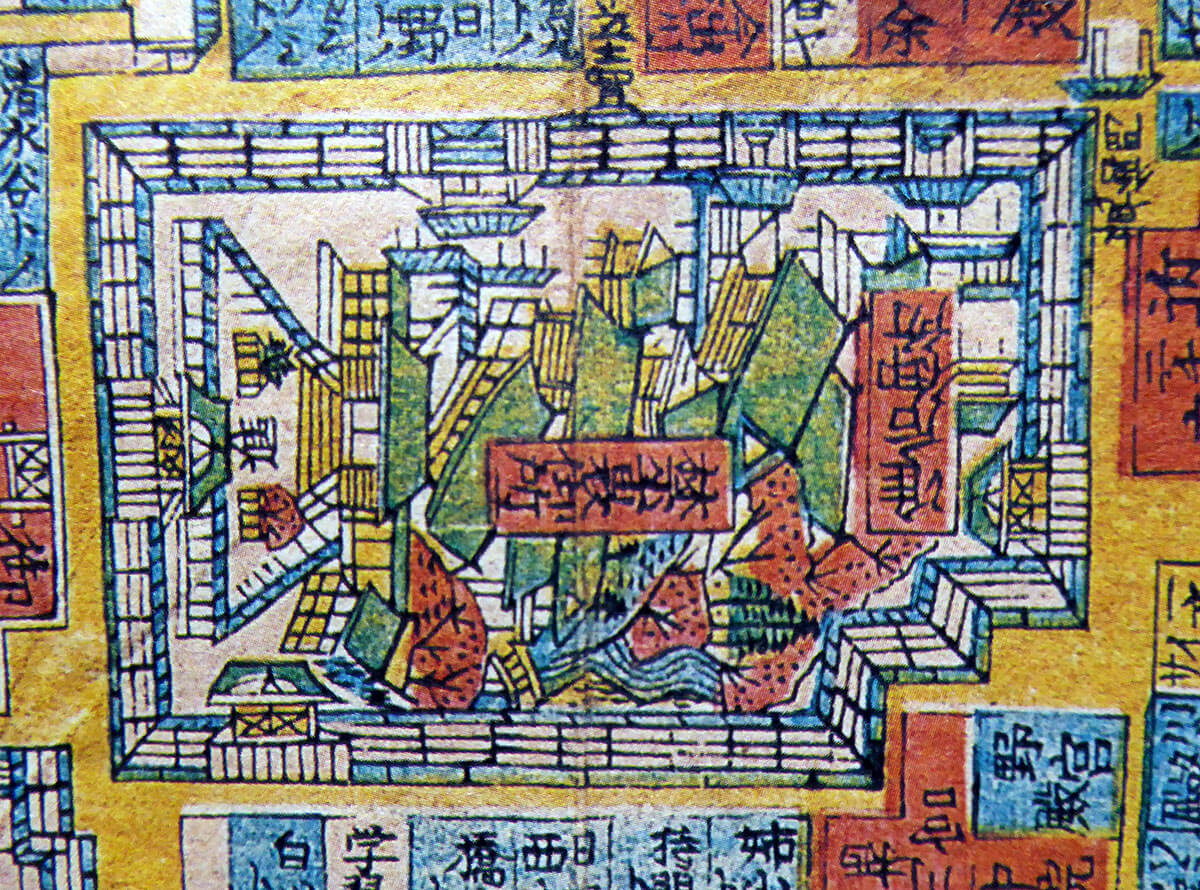
Lower right in an old drawing from the Edo period (in the author's collection),
There is a depression in the northeast (Sarugatsuji) of the Gosho.
Looking up at this place,A carved wooden monkey wearing a raven hat and holding a sacred staff is enshrined.The color of the wire mesh is the same as that of the board fence, so it is difficult to see, but if you strain your eyes, you can see a monkey behind the wire mesh. The monkey was given the role of putting up a ward to seal off the devil's gate, but it is said that this monkey had no choice but to be trapped behind the wire netting to prevent it from escaping, because it kept slipping out at night and playing tricks here and there.
Why is the monkey guarding the demon gate? Regarding,The messenger of the god of Hiyoshi-taisha is "Masaru," which means "the devil goes away," and is associated with good luck.I hear that it is from
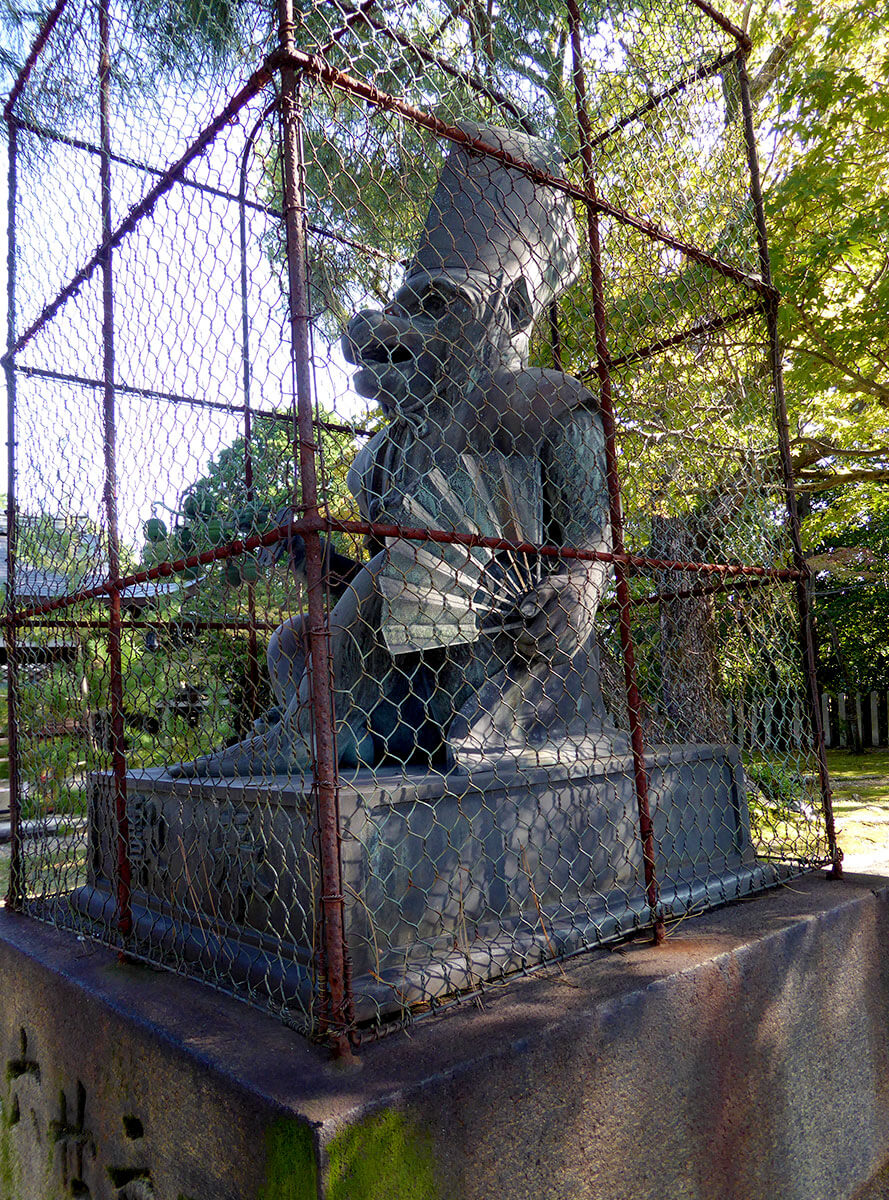
Komamaru (guardian monkeys) at Hiyoshi Jingu Shrine
The following incident occurred at Sarugatsuji at the end of the Edo period. In 1863, Anekoji Kochi, a nobleman who was a member of the Emperor's Exclusionist faction, was on his way home from a meeting at the Imperial Palace when he was attacked and killed by assassins at this spot. The incident is now known as the "Sarugatsuji Incident," and unfortunately for Kochi, the monkey that warded off evil did not turn out to be a good thing, and he became the very gateway to evil.
In Kyoto City, even today, if one closely observes the exteriors of long-established buildings and apartment buildings, many of them have recesses at the corners of the demon's gate.The custom of sealing off the devil's gate has been passed down to the present day.You will find out that. If there are other demons in the house or apartment where you live,Planting holly or nandina in the northeast corner of the garden, placing heaping salt, or placing a monkey figurine to seal the demon's gate.He also said that there is a way to do this.
Every year in May, one of Kyoto's three major festivals, the Aoi Matsuri (hollyhock festival), is held in early summer, and on the 15th, an elegant procession in Heian-period imperial costume departs from the Kyoto Imperial Palace and heads for Shimogamo Shrine and Kamigamo Shrine. The Saio-dai, dressed in juni-hitoe (12-layered kimono) and riding on portable shrines, is especially spectacular and attracts the attention of onlookers.
Last year, after seeing off the Aoi Matsuri procession, I walked northeastward through the crowded Imperial Palace to pay my respects to the "monkey" at Sarugatsuji, which has played a role in sealing off the demon's gate since ancient times. Contrary to the gorgeous Heian procession, no one stopped at the northeast corner, and the place was quiet and still.
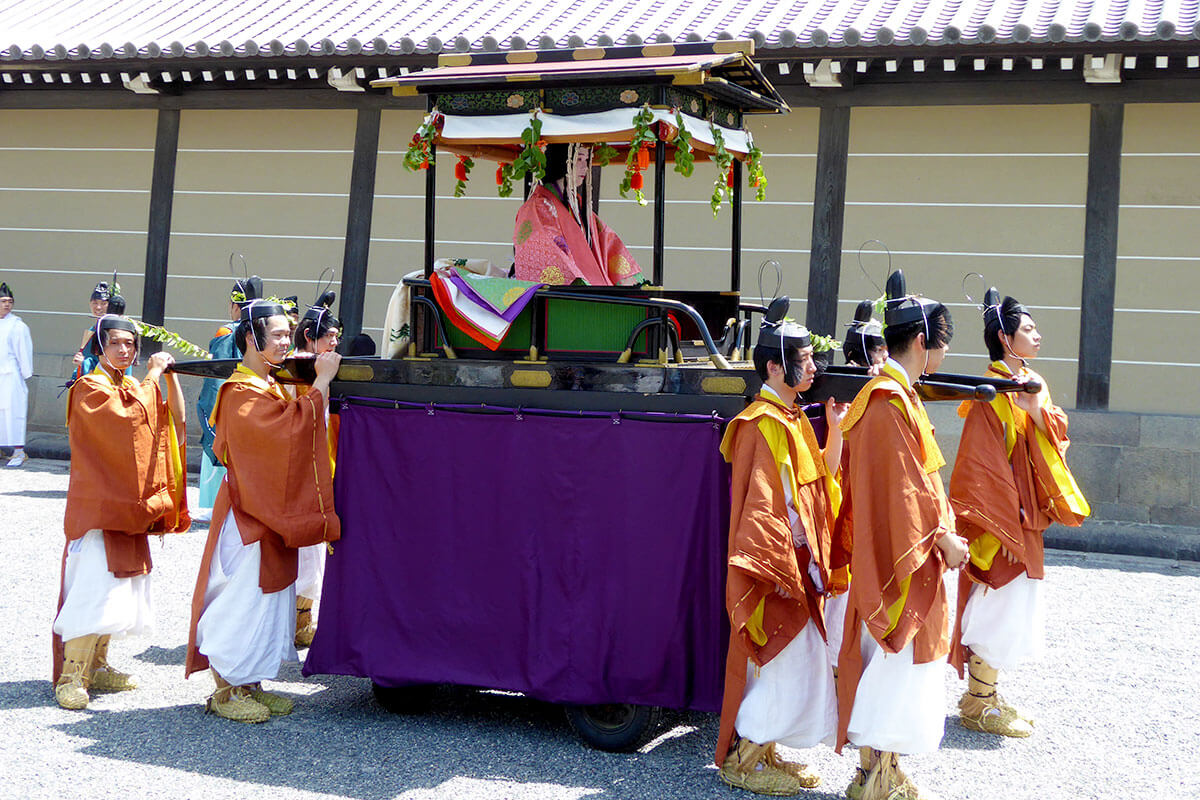
Saioh-dai at the Aoi Matsuri Festival (photo taken in 2018).
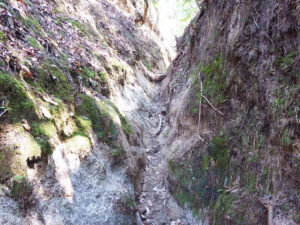
One of the main routes from the capital to Hieizan
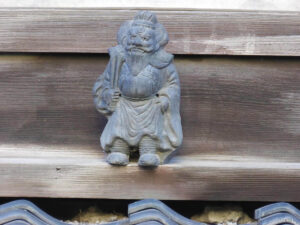
Small but great spiritual power
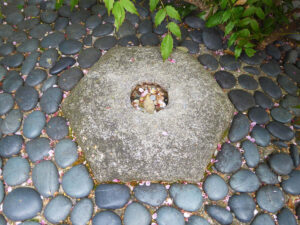
Founded by Prince Shotoku, birthplace of Ikenobo Ikebana
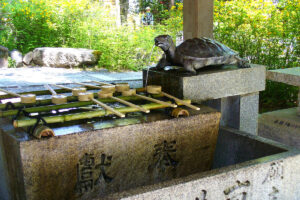
Also believed in as a god of alcohol
Tradition that exists everywhere in the city of Kyoto. It is not just a picture, it is secretly alive in this modern age and continues to coexist with people. The two of Office TO, who previously wrote a series of articles "Kyoto's Demon World Exploration" in the monthly magazine Leaf, explore the mysterious "different" world of Kyoto, which was created over 1200 years. I will unravel the story while actually visiting the place. .
 News
News Feature article
Feature article Featured event
Featured event